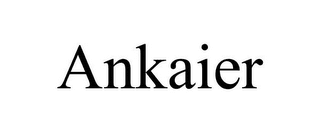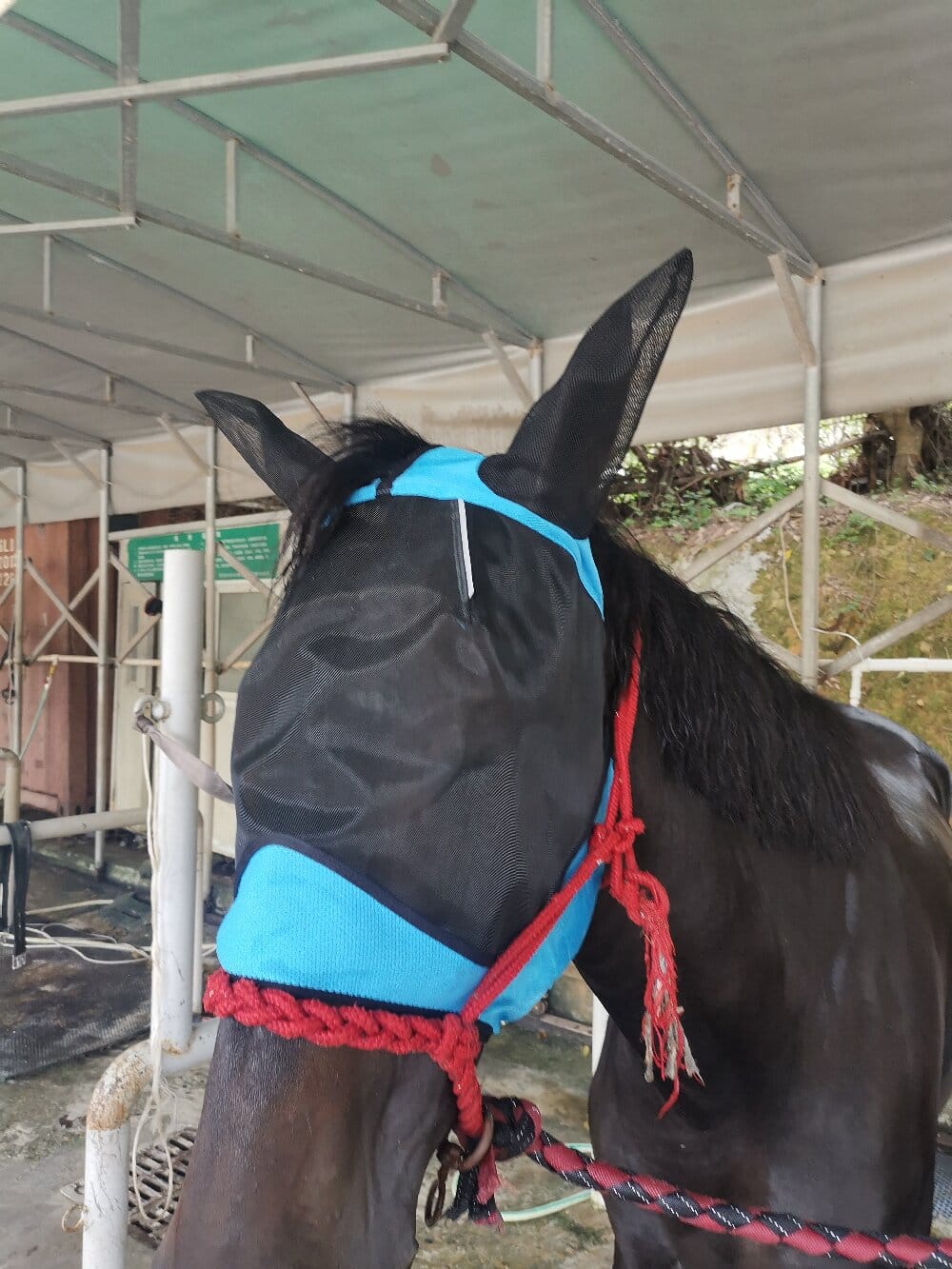A horse fly mask is a fundamental piece of equine equipment designed to protect a horse’s sensitive face and eyes from the relentless annoyance and potential harm caused by flying insects. Far from being a simple accessory, these protective garments serve a critical role in maintaining ocular health, preventing irritation, and promoting overall well-being during the warmer months. From the perspective of veterinarians and equine specialists, the consistent use of a well-fitted fly mask can prevent a host of issues, ranging from minor conjunctivitis to more severe conditions that could impair vision. The primary function is to create a physical barrier, shielding the eyes from flies, gnats, mosquitoes, and the damaging effects of ultraviolet light, thereby allowing the horse to graze and rest in greater comfort.
Beyond Annoyance: The Medical Rationale for Facial Protection
The equine eye is a large and prominent structure, making it particularly vulnerable to injury and disease. Insects are not merely a nuisance; they are vectors for pathogens and a direct cause of physical damage. Face flies, for instance, are known to feed on ocular secretions, spreading bacteria like Moraxella bovis, which is a primary cause of infectious bovine keratoconjunctivitis (pink eye), a condition that can also affect horses. Furthermore, the persistent buzzing and landing of insects can cause horses to become anxious, leading to head-tossing, rubbing their faces on fences or trees, and potentially causing corneal abrasions or ulcers. A quality fly veil acts as a first line of defense, significantly reducing the risk of these traumatic and often costly injuries. By minimizing eye irritation, the mask also helps prevent behaviors like constant rubbing, which can introduce dirt and debris into already-compromised eyes.
Key Features of an Effective Horse Fly Mask
Not all fly masks are created equal. Experts emphasize that selecting the right mask involves evaluating several key features to ensure both protection and comfort for the equine partner. A poorly fitted or designed mask can be worse than no mask at all, causing rubs, limiting vision, or even becoming a hazard.
- Material and Durability: The best masks are constructed from a lightweight, breathable, yet durable mesh material. This allows for maximum airflow while withstanding the rigors of pasture life, including rolling and playing. Look for materials that offer UV protection to shield delicate eye areas from the sun.
- Fit and Design: A proper fit is paramount. The mask should contour to the horse’s face without being tight, ensuring it stays in place without restricting movement or vision. Key areas to check are around the eyes, the cheekbones, and the poll. Adjustable straps, often with breakaway safety features, are essential for a secure and safe fit.
- Eye Protection: Many modern masks incorporate specialized protective elements. Some feature a fine, anti-fly mesh that provides a clear field of vision while keeping even the smallest gnats out. Others may include silicone-lined eyelets to prevent rubbing on the sensitive skin around the eyes.
- Extended Coverage: For horses that are especially sensitive or in areas with high insect populations, masks with attached ear covers and nose nets offer comprehensive protection. These designs prevent flies from bothering the ears and biting the muzzle, areas that are also highly susceptible to irritation.
Ensuring Proper Fit and Maintenance
Introducing a fly mask to a horse should be a gradual and positive process. Allowing the horse to sniff the mask and then gently placing it on for short periods can help with acclimatization. Once in regular use, daily checks are a non-negotiable part of the routine. The horse’s face should be inspected for any signs of rubbing, chafing, or pressure points. The mask itself must be kept clean; sweat, dust, and debris can accumulate, reducing visibility and potentially causing skin infections. Most fly masks are machine washable, and a regular cleaning schedule is recommended. Furthermore, the mask’s integrity should be checked frequently for tears or loose stitching that could compromise its protective function or become a snagging hazard.
A Summary of Proactive Equine Care
In conclusion, the decision to use a horse fly mask is a clear example of proactive and preventative equine management. This essential piece of gear goes beyond simple pest control, serving as a vital tool for safeguarding a horse’s ocular and dermal health. By creating a barrier against insects and UV radiation, it directly contributes to the animal’s comfort, reduces stress, and minimizes the risk of injuries and infections that can lead to significant veterinary expenses. For any horse owner, investing in a well-constructed, properly fitted fly mask is a small but profoundly impactful step toward ensuring their equine companion’s quality of life during the challenging fly season. It is a simple, cost-effective measure that demonstrates a commitment to the holistic well-being of the horse.

